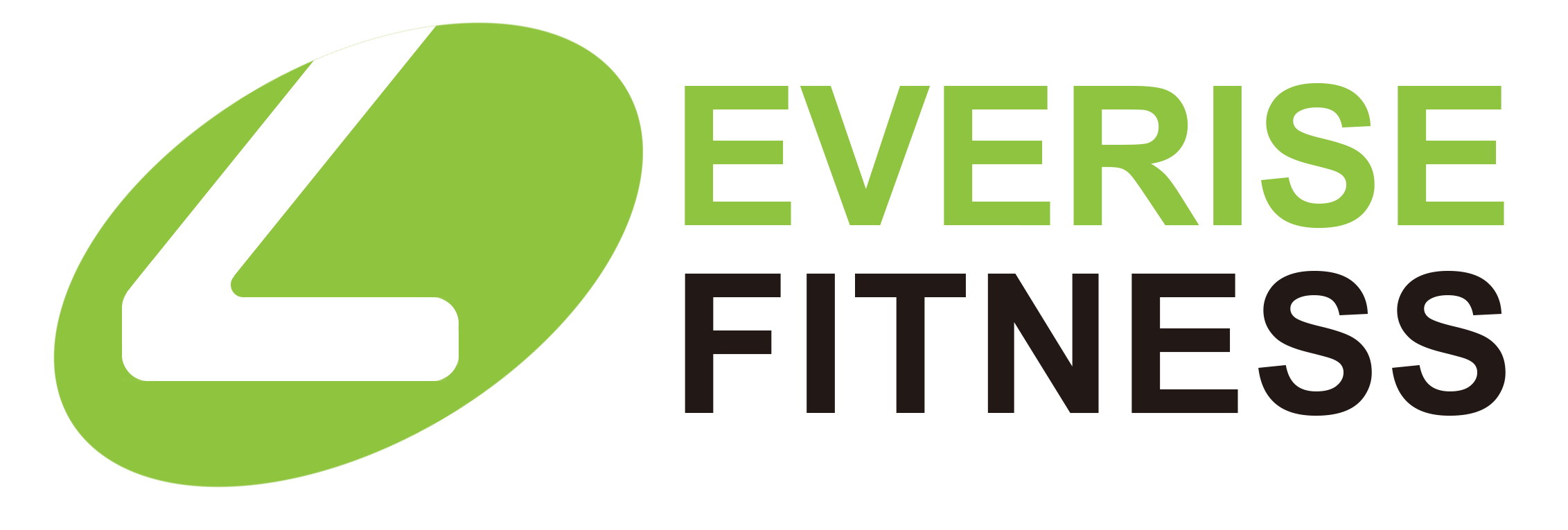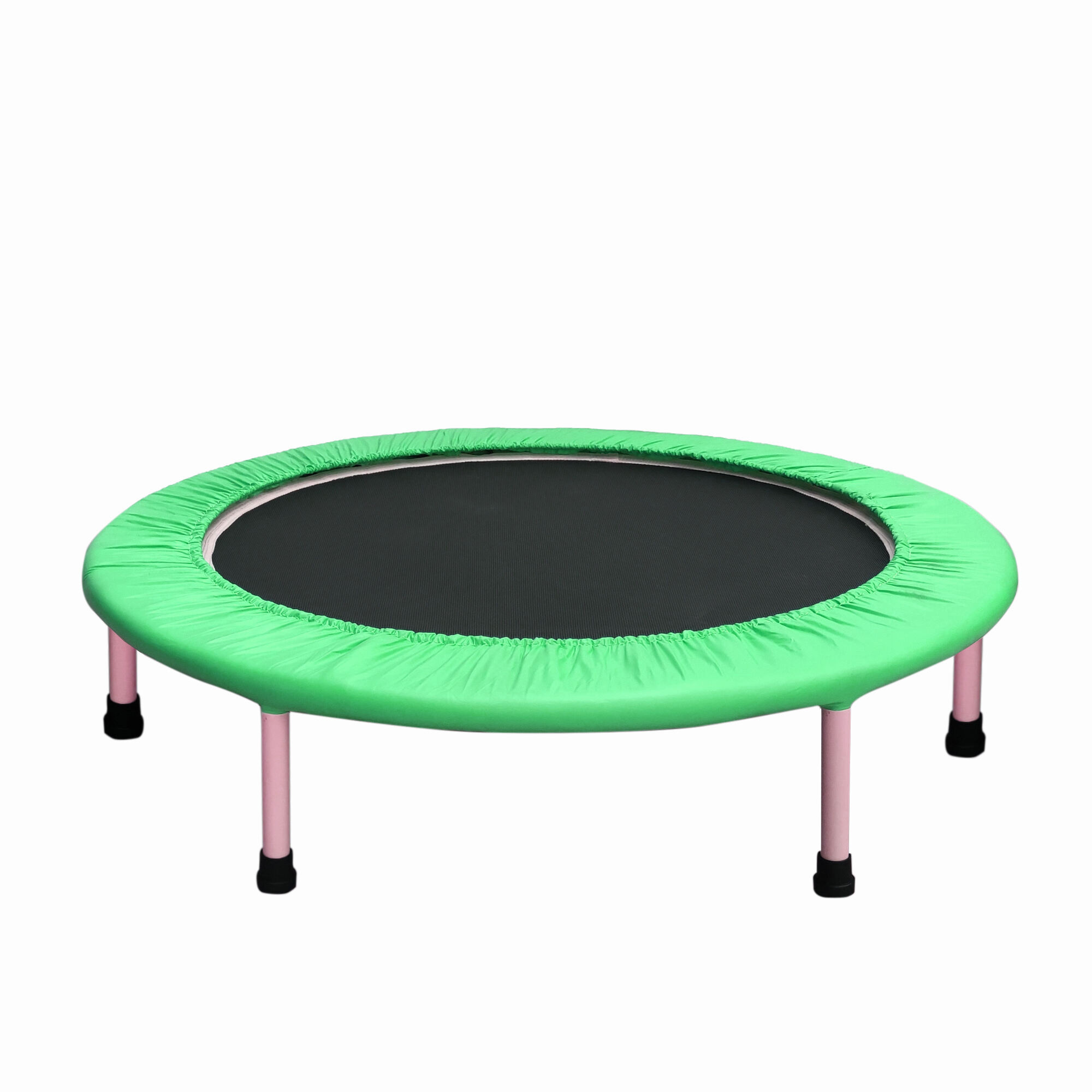Defining Traditional vs. Trampoline Pilates
Traditional Pilates: Core Principles and Methods
Traditional Pilates is deeply rooted in the teachings of Joseph Pilates, focusing on a strong connection between the mind and body. It emphasizes core strengthening and proper alignment through equipment like mats, reformers, and various apparatus. Traditional Pilates is characterized by controlled movements and breathing techniques that foster pelvic and shoulder stability. Studies have shown that engaging in traditional Pilates can enhance flexibility and balance, contributing significantly to overall functional fitness. For example, Pilates practitioners often report improved posture and greater awareness of their bodily movements, making it an effective form of exercise for both physical and mental well-being.
Trampoline Pilates: Rebounding Fitness Evolution
Trampoline Pilates offers a dynamic twist on traditional methods by integrating rebounding, making it a low-impact yet effective workout. This innovative approach appeals to various demographics, notably both adults and kids, by adding an element of fun and novelty. The trampoline's unique properties engage multiple muscle groups simultaneously, providing opportunities for both cardio and strength training. Research indicates that rebounding can significantly bolster coordination and balance while reducing perceived exertion compared to conventional workouts. This makes trampoline Pilates an attractive option for those seeking a comprehensive fitness routine that includes improved joint recovery and minimized stress on the body.
Key Differences in Technique and Equipment
Apparatus Comparison: Mats vs. Trampolines
When comparing apparatus in Pilates, traditional methods typically utilize exercise mats and reformers, emphasizing body weight as the primary form of resistance. This allows practitioners to engage in controlled movements, focusing on stability and precision. Conversely, Trampoline Pilates incorporates rebounders, presenting a distinct resistance profile that heightens workout engagement. Additionally, the trampoline's design offers better shock absorption, making it a joint-friendly option for various demographics. Research suggests that the choice of Pilates apparatus can significantly impact exercise effectiveness and user experience, underscoring the importance of selecting the right equipment for individual goals.
Movement Dynamics: Stability vs. Rebounding
Traditional Pilates prioritizes stability, where exercises demand meticulous control to enhance strength and precise form. Alternatively, trampoline Pilates introduces rebounding movements that require a different set of stabilizing muscles, offering a unique kinetic experience. This contrast in movement dynamics can result in varied effects on stability, strength, and overall fitness conditioning. Studies into kinetic energy reveal that rebounding exercises can provide a stimulating and engaging workout, appealing to those seeking a more vibrant fitness routine.
Role of Resistance Tools: Yoga Straps and Springs
Resistance tools play a pivotal role in both traditional and trampoline Pilates, albeit differently. Traditional methods often integrate yoga straps to bolster mobility and stability. In trampoline Pilates, resistance is enhanced by springs incorporated into the trampoline structure, offering a versatile approach to resistance training. This flexibility in resistance options can significantly alter the intensity and outcomes of workouts. Experts advocate for the integration of diverse resistance modalities, as they optimize fitness potential and tailor workouts to meet various objectives, whether it's improving strength or enhancing mobility.
Health Benefits Compared
Core Strength and Flexibility Gains
Both traditional and trampoline Pilates contribute significantly to building core strength, a crucial element for comprehensive fitness and injury prevention. Traditional Pilates emphasizes enhancing flexibility through meticulous control in movement mechanics, fostering balance and muscle tone. However, trampoline Pilates users frequently report augmented flexibility owing to the diverse movement patterns and postures that the trampoline enables. Additionally, the playful nature of rebounding on a trampoline can help maintain user engagement, potentially leading to better adherence to fitness regimens and improving overall workout experience.
Joint Impact: Trampoline for Joint Recovery
Trampoline Pilates stands out for its low-impact advantages, making it particularly beneficial for individuals recovering from joint injuries. Although traditional Pilates provides low-impact options, the unique rebound benefits of trampoline Pilates can significantly contribute to joint health. Research underscores the trampoline's cushioning effect as it aids in not only recovery but also in resilience training of the joints. Healthcare professionals often endorse trampolines as effective tools for rehabilitation, demonstrating substantial improvements in joint mobility and overall joint health.
Cardiovascular Enhancement through Rebounding
Rebounding in trampoline Pilates offers a dynamic cardiovascular workout, elevating heart rate while sparing the joints from stress. Unlike traditional Pilates, which prioritizes strength and controlled movements, trampoline Pilates can substantially increase cardiovascular intensity. Studies have consistently shown that incorporating rebounding exercises can quickly calibrate cardiovascular fitness levels. This not only addresses aerobic fitness but also makes trampoline Pilates an appealing option for individuals seeking holistic health benefits, combining cardiovascular enhancement with overall body conditioning.
Choosing Your Practice: Goals and Accessibility
Fitness Goals Alignment: Rehab vs. Athletic Training
Choosing between traditional and trampoline Pilates hinges significantly on your fitness goals. Traditional Pilates often focuses on rehabilitation, helping individuals recover from injuries with its controlled movements and emphasis on core stability. In contrast, trampoline Pilates provides a fun, dynamic full-body workout, appealing to those aiming for athletic performance enhancement. Specialists often suggest aligning personal ambitions with the benefits of each Pilates type, ensuring optimal results. With both forms catering to diverse audiences, trampoline classes shine in community-driven environments, enhancing motivation and engagement. Understanding these differences can guide you in selecting the Pilates practice that best suits your fitness aspirations and needs.
Space and Budget Considerations
When considering Pilates, space and budget play critical roles in decision-making. Traditional Pilates might require studio access, which can be limiting and potentially costly, especially for equipment-centric classes. On the other hand, trampoline Pilates is more accommodating, often requiring minimal space and investment, making it accessible to a broader audience. Cost analysis of classes reveals a spectrum of pricing, with trampoline sessions frequently offered at competitive rates across various venues. Recognizing these logistical factors is crucial, as they significantly influence the choice between traditional and trampoline Pilates forms, especially for budget-conscious practitioners.
Complementary Approaches: Bungee Fitness Connections
The rise of bungee fitness presents a complementary angle to both traditional and trampoline Pilates, offering dynamic movement opportunities that enhance workout diversity. By integrating bungee fitness into Pilates routines, participants can experience varied physical stimuli, attracting demographics interested in innovative fitness paths. The combination of trampoline modalities with bungee components adds a playful and effective twist to both practices, enriching overall fitness impact. Fitness experts recommend exploring these links as they offer a diversified approach, promoting sustained engagement and maximizing the efficacy of fitness programs. Embracing such innovations in Pilates can not only expand one's fitness regimen but also maintain enthusiasm and commitment.

